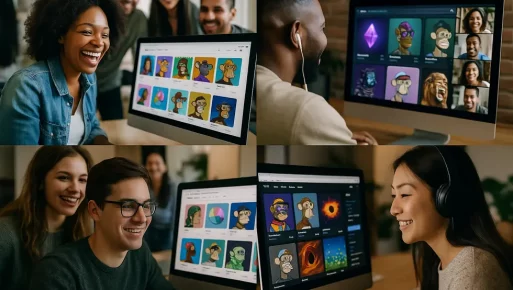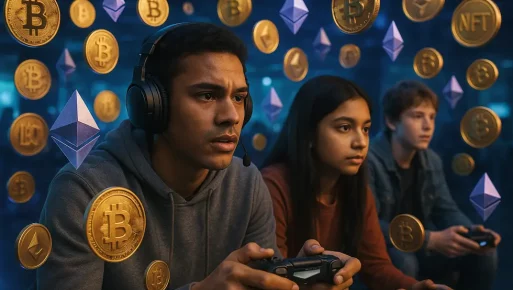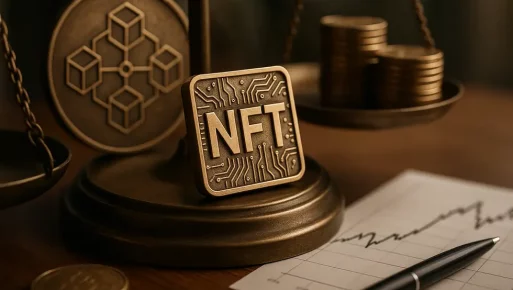Navigating the evolving landscape of NFT marketplaces can be daunting, yet understanding their unique features and offerings is crucial for those involved in digital assets. In 2025, platforms like OpenSea, Binance NFT, and others, cater to diverse needs with distinct blockchain supports, fee structures, and user experiences. This comprehensive guide will delve into how these marketplaces compare, providing insights that are invaluable to NFT investors, digital creators, and blockchain enthusiasts. Each chapter sheds light on critical facets such as blockchain support, economic implications, and community engagement within these platforms, forming a holistic view tailored to different stakeholders in the NFT realm.
Unraveling the Diversity of NFT Marketplaces: A 2025 Perspective
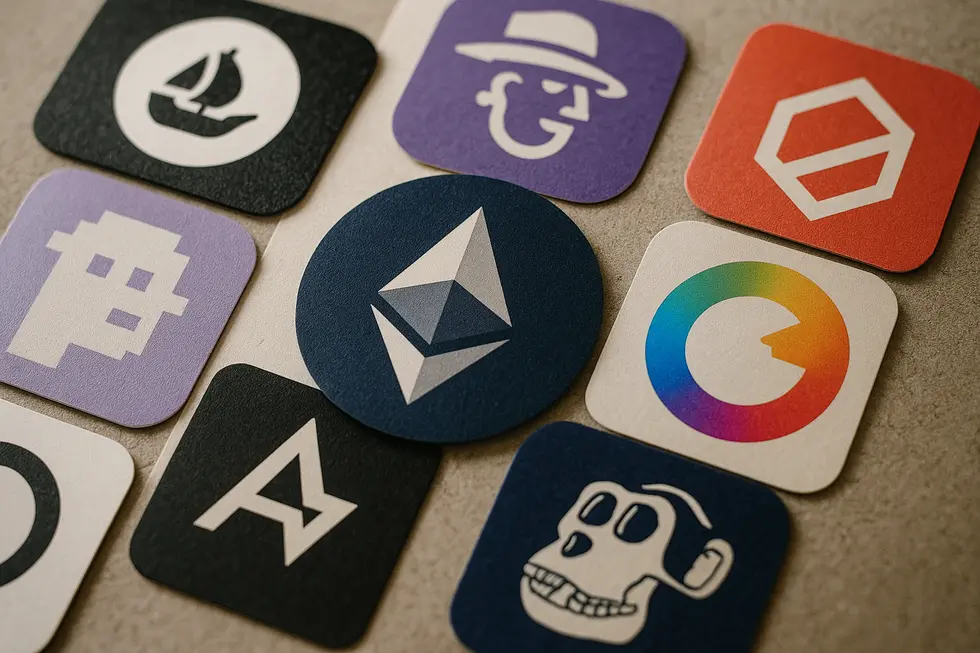
The bustling ecosystem of NFT marketplaces in 2025 presents a spectrum of options for both collectors and creators, each platform crafting a distinct niche through varied specification and user-centric features. OpenSea continues to reign as a titan in the space, offering the broadest selection of assets with an impressive array of blockchains such as Ethereum, Polygon, and Klaytn. Its appeal lies not only in its zero gas fees on Polygon transactions but also in its easy-to-navigate interface, making it a prime choice for beginners.
Binance NFT establishes itself in a different realm by focusing on low fees and extensive multichain support, which appeals particularly to gaming enthusiasts seeking Initial Game Offerings (IGOs). Meanwhile, Rarible sets itself apart with its decentralized governance model, embracing community-driven decisions to keep the platform responsive to user needs. Its lazy minting feature allows artists to list NFTs without incurring upfront gas fees, thereby lowering the entry barrier for creators.
Magic Eden commands attention in the Solana sector, supporting a variety of chains including Ethereum, Polygon, and the pioneering Bitcoin NFT transactions. This marketplace is a magnet for Solana-based NFT activities, largely due to its creator-friendly policies and efficient transaction handling with capped fees.
For those looking to blend convenience with sophistication, Nifty Gateway delivers a seamless experience by allowing direct fiat purchases through the Gemini exchange and curating high-quality NFT collections. This makes it especially attractive to users unfamiliar with or hesitant about engaging with cryptocurrencies initially. Each marketplace illustrates the broader NFT landscape’s adaptability, catering to different asset types, from fine art to real estate tokens, while also experimenting with inclusive financial models through diverse fee structures.
For an in-depth analysis of the varying ecosystems of these NFT marketplaces, visit Fortunly.
Exploring Blockchain Diversity in NFT Marketplaces: A 2025 Perspective
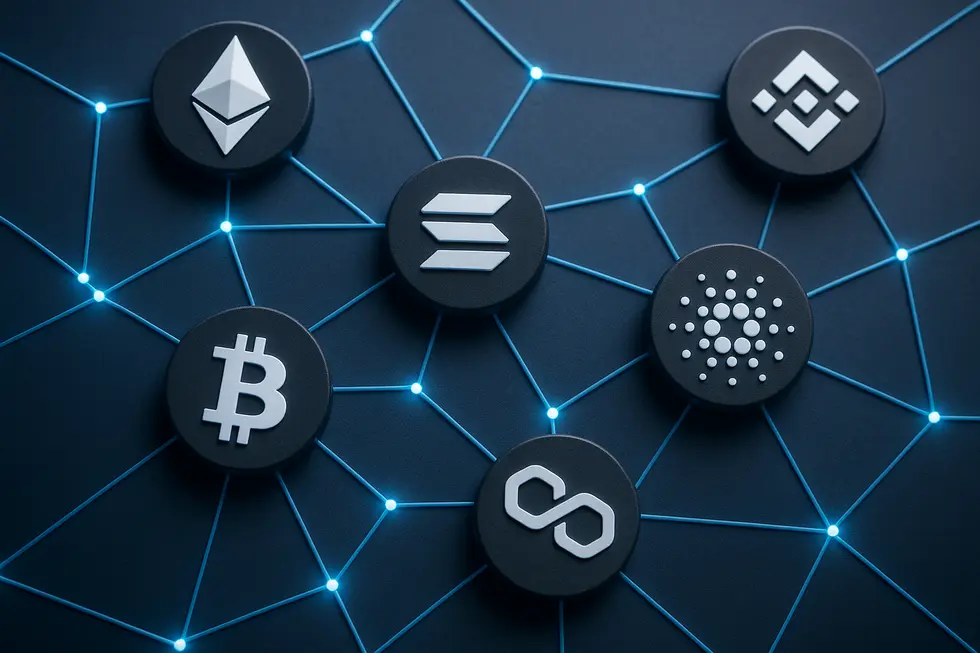
In 2025, NFT marketplaces exhibit a rich diversity in blockchain support, each platform offering unique features through its chosen network. At the forefront are Ethereum, Solana, and Polygon, shaping the trading landscape with distinct advantages and challenges. Ethereum remains a cornerstone in the NFT market. Recognized for its robustness, it supports popular token standards like ERC-721 and ERC-1155, facilitating a wide array of NFT creations. Platforms like OpenSea and Rarible, rooted in Ethereum, capitalize on its mature ecosystem, offering high security and a vibrant marketplace for high-profile artists.
On the other hand, Solana has rapidly gained traction, primarily due to its exceptional speed and low transaction costs. Marketplaces such as Magic Eden and SolSea thrive on Solana’s infrastructure, drawing users interested in fast and economical trading experiences. Its ability to occasionally surpass Ethereum in monthly sales underscores its competitive edge. Meanwhile, Polygon operates as a Layer 2 solution for Ethereum, offering scalability and reduced fees, greatly enhancing user experience on marketplaces like OpenSea and Mintable. Polygon’s integration allows for Ethereum compatibility with cost efficiency and accessibility, appealing to both creators and collectors alike.
The multi-chain capabilities of these marketplaces allow users to make informed choices based on criteria like transaction speed, cost, and ecosystem maturity. Understanding these dynamics is crucial for navigating the evolving NFT landscape. As platforms evolve, staying updated with the latest blockchain network trends for NFTs is essential for enthusiasts keen on leveraging the full potential of their preferred blockchain.
The Cost of Transactions: An Economic Analysis of Top NFT Marketplaces

As the NFT landscape becomes increasingly competitive, understanding the economic implications of fees across marketplaces is crucial for both buyers and sellers. Marketplaces like Binance NFT and OpenSea offer distinctive fee structures, defining different economic models that appeal to diverse user bases.
Binance NFT presents itself as the economical choice with a flat 1% fee on successful sales, leveraging the low transaction costs of the BNB Chain. This setup not only minimizes fees but also enhances security through features like SAFU and two-factor authentication. Despite its centralized nature and limitations in regions like the U.S., Binance’s low-cost model is ideal for users sensitive to transaction fees, making it especially attractive for gaming NFTs—a sector experiencing massive growth.
On the other hand, OpenSea maintains a 2.5% transaction fee, a standard among decentralized platforms. OpenSea’s appeal lies in its extensive asset variety, ranging from art to music and gaming collectibles. It supports multiple blockchains, primarily Ethereum, but also Polygon and Klaytn, allowing users to choose based on their fee preferences and asset interests. Ethereum’s integration becomes more viable with the significant reduction in gas fees due to Layer 2 solutions, further enhancing OpenSea’s attractiveness.
The GameStop NFT marketplace further shifts the paradigm by offering a unique economic advantage—gas-free minting. Targeting users transitioning from Web2 to Web3, it provides a seamless onboarding experience with direct fiat-to-ETH conversion, simplifying the economic engagement despite not explicitly stating transaction fees.
Ultimately, the choice of marketplace hinges on balancing platform fees against broader economic factors like network gas costs and the ease of user integration. These dynamics collectively shape the economic landscape of NFT trading Analyze NFT Value Before Buying. Understanding these variables is essential for navigating the evolving NFT market successfully.
User Experience: Navigating the Realm of NFT Marketplaces
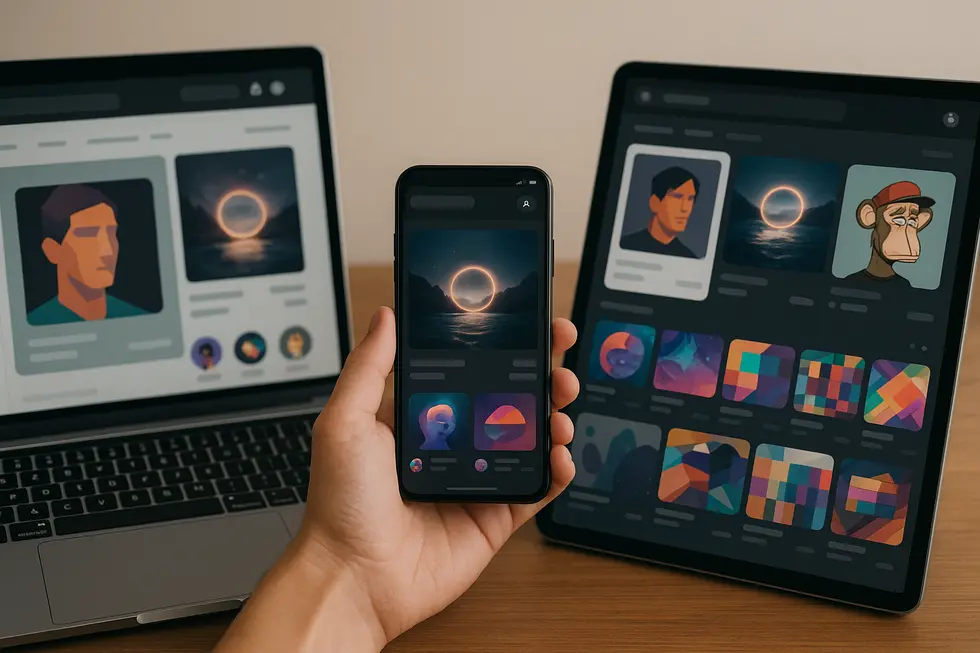
The experience of navigating through various NFT marketplaces is intricately tied to their user interface, onboarding processes, and the networks they operate on. With its user-centric design, the GameStop NFT Marketplace offers gamers a seamless transition into the world of NFTs. By mimicking familiar Web2 experiences, this platform eases newcomers through intuitive onboarding processes and effectively integrates wallet functionalities for easy fiat-to-Ether conversions without gas fees. Furthermore, its focus on carbon neutrality and a vibrant gamer community enhances its appeal to mainstream and environmentally-conscious users.
On the other hand, the Binance NFT Marketplace takes pride in a simple yet effective interface available across devices. It boasts robust security features such as two-factor authentication and cold storage solutions, appealing to users who prioritize safety in their digital transactions. Despite its slight barriers due to mandatory identity verification and regional restrictions, the platform’s flat 1% sale fee and user-friendly navigation make it a favorite among a wide audience who appreciate ease of use.
In contrast, platforms like OpenSea, which straddle both Ethereum and Polygon networks, present unique user experiences shaped by the networks’ distinct characteristics. While Ethereum is celebrated for providing a secure and decentralized environment that attracts serious collectors despite higher transaction fees, Polygon’s lower fees and faster transaction speeds entice newcomers and creators aiming for financial prudence. Explore more on the best blockchain networks for NFTs.
Ultimately, each marketplace presents a blend of trade-offs affecting usability, cost, security, and community involvement. These elements converge to either simplify or complicate the user’s journey into the expansive NFT landscape, proving that the optimal choice often depends on individual priorities and user needs.
Unveiling the Niche Markets and Specializations of NFT Marketplaces
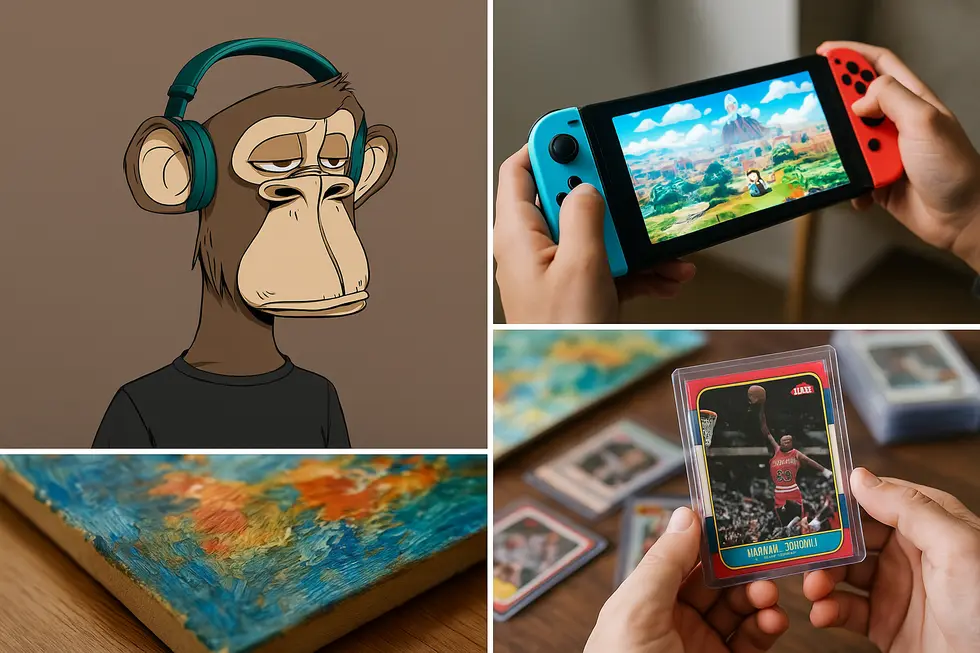
In the diverse landscape of NFT marketplaces, specialization and niche focus are emerging as essential differentiators. Each platform strategically tailors its offerings to cater to specific user bases, asset types, and blockchain ecosystems, allowing them to stand out in the rapidly expanding NFT market.
Magic Eden is a prime example of this specialization. While it supports multi-chain NFTs like Ethereum, Polygon, and Bitcoin, its core specialization lies in the Solana blockchain. It boasts community-centric attributes such as the Creator Hub and Launchpad, which empower creators with tools for innovation. This platform’s approval process for curated projects ensures quality but might sideline smaller creators who might not meet the required standards.
Contrastingly, OpenSea emerges as the largest and most accessible generalist marketplace. Its vast selection of NFTs across various blockchains makes it user-friendly for all types of stakeholders without strict curation demands. This inclusivity has solidified its position as a go-to platform for both new and seasoned participants.
Rarible presents another angle by fostering community-driven initiatives, emphasizing creator royalties on secondary sales, and engaging users with decentralized governance. Such commitment to creator participation differentiates it from others focused solely on transactions.
Meanwhile, platforms like Mintable prioritize simplicity in NFT creation, attracting those who are more interested in ease of entry than intricate functionalities. This specialization provides a gateway for less tech-savvy users to join the NFT space without hurdles.
On a different spectrum, marketplaces designed for institutional investors, such as those hosted by Kraken and Gemini, prioritize features like advanced trading tools, liquidity, and regulatory compliance. Their focus on security and broad financial services expands beyond niche markets, appealing to large-scale investors who value stability and compliance.
These strategic specializations allow each platform to cater to diverse market needs, from blockchain-specific niches and broad-market platforms to community engagement and beginner-friendly environments. As the NFT market is set to grow from over $1.45 billion to a projected $35 billion by 2035, understanding these differences will be essential for users to navigate the vibrant and ever-evolving NFT ecosystem effectively. For an analysis on how to evaluate NFTs before purchasing, visit analyze NFT value before buying.
The Heartbeat of NFTs: Community Dynamics and Governance Models

As the NFT marketplace landscape evolves, community and governance structures have emerged as pivotal elements shaping user engagement and platform dynamics. NFT enthusiasts are not simply buyers or sellers; they are integral members of constantly evolving virtual communities. These communities thrive on platforms like forums, Discord, and social media where creators and collectors exchange insights, influence trends, and drive cultural narratives.
In many cases, fractional ownership has revolutionized community participation. By dividing high-value NFTs into ERC-20 token shares, platforms have democratized the collectibility of NFTs, broadening access beyond traditional ownership models. This fractional approach empowers a diverse array of users to partake in the potential upsides of NFTs, nurturing a sense of shared investment and belonging.
Concurrently, the governance models adopted by NFT marketplaces, ranging from centralized systems to decentralized autonomous organizations (DAOs), have significant implications for platform control and user empowerment. Centralized governance offers streamlined decision-making but often limits user input. In contrast, DAO-based governance, leveraging voting rights through native tokens, epitomizes transparency and community-driven evolution. However, this comes with the challenge of establishing robust legal frameworks to ensure compliance with evolving regulations, such as the EU’s MiCA and U.S. SEC rules concerning NFTs [1].
The interplay between community activity and governance structure impacts the entire ecosystem. Platforms built on Ethereum or Binance Smart Chain often integrate governance tokens, enabling user-driven decisions on critical aspects like buyouts or revenue sharing. Such frameworks not only foster community ownership but also drive the platform’s developmental trajectory, aligning it with user needs and regulatory standards.
For an in-depth understanding of the different blockchain networks supporting these structures, readers might find “Best Blockchain Networks for NFTs” insightful.
Final thoughts
Understanding the nuances of NFT marketplaces in 2025 requires careful examination of their blockchain support, fee structures, user experiences, niche specializations, and community engagement. By comparing these features across leading platforms, investors and creators can align their choices with personal goals and interests. This reflective approach provides strategic insights, empowering users to leverage NFT marketplaces effectively in a rapidly evolving digital economy.
About us
Monbase Global is a strategic partner of OpenLive Group, focused on expanding the reach and utility of blockchain and digital asset applications across international markets. As a core collaborator in the Monbase NFT ecosystem, Monbase Global plays a vital role in driving cross-border partnerships, investment strategies, and user adoption beyond Vietnam. With a vision to build a decentralized digital economy rooted in trust and innovation, Monbase Global supports the international growth of NFTs, digital collectibles, and the use of the MBC token across various platforms. The partnership between Monbase Global and OpenLive Group brings together local insight and global ambition—creating real-world value for creators, collectors, and businesses alike.
🌐 Join the Monbase NFT community and stay ahead of the Web3 curve.
💬 Follow us on Telegram, Twitter, or Discord for drops and updates!
Facebook | X (formerly Twitter) | Telegram announcement | Telegram community



